Difference between Classes and Hooks in React
React is a popular JavaScript library used for building user interfaces. When creating a React application, one of the key decisions developers have to make is whether to use class components or functional components with hooks. Both have their pros and cons, and choosing between them depends on the specific needs of your project.
Class Components:
Class components are the traditional way of creating components in React. They are defined using the ES6 class syntax and extend the base React.Component class. Class components have a render method that returns the component’s UI, which is typically created using JSX.
One of the main benefits of using class components is that they have built-in support for lifecycle methods. These methods allow you to control what happens when a component is mounted, updated, or unmounted. For example, the componentDidMount method is called once the component has been rendered for the first time, and can be used to fetch data or initialize state.
Class components also have access to the this keyword, which can be useful for accessing component props, state, and methods. This makes it easier to manage complex component logic and interactions.
However, class components can also be more verbose and harder to read than functional components. They also have a larger footprint, which can make them slower to load and render than functional components.
Functional Components with Hooks:
Functional components were introduced in React 16.8, and provide a simpler, more concise way of creating components. Functional components are just JavaScript functions that return JSX, making them easier to read and understand.
Hooks are functions that allow you to use state and other React features in functional components. Hooks provide an alternative to class components and can be used to manage state, handle lifecycle events, and perform side effects.
One of the main benefits of using functional components with hooks is that they are easier to test and maintain. They also have a smaller footprint, making them faster to load and render than class components.
However, functional components with hooks can sometimes be harder to understand, especially for developers who are used to working with class components. Hooks also require a deeper understanding of how React works, which can make them more difficult to learn.
Conclusion:
When it comes to choosing between class components and functional components with hooks in React, there is no one-size-fits-all answer. It depends on the specific needs of your project, as well as your personal preferences and experience.
If you are working on a large, complex project with a lot of state management and complex interactions, class components may be the better choice. On the other hand, if you are working on a smaller project or prefer a more functional programming style, functional components with hooks may be a better fit.
Ultimately, the decision comes down to what works best for you and your team. Whichever approach you choose, make sure you are comfortable with it and understand the implications of your choice.
Thanks for reading the article. Let me know if you have any comments or feedback in the comment section or mail me @ [email protected].




